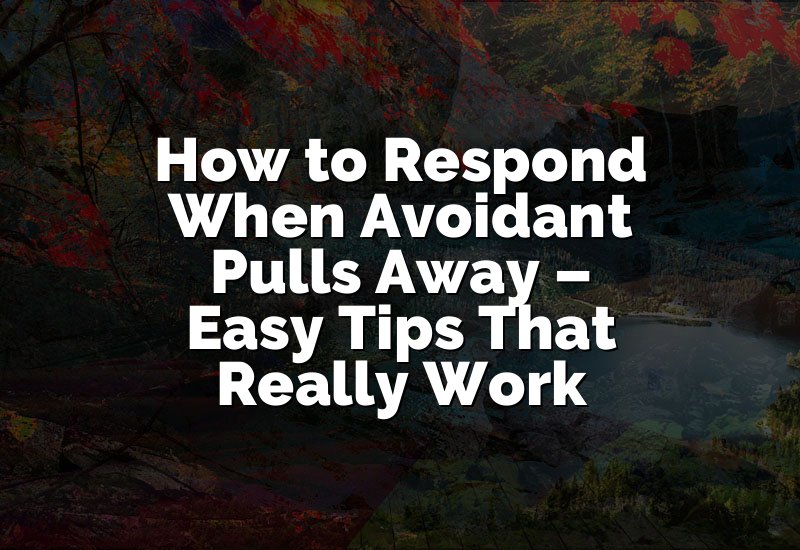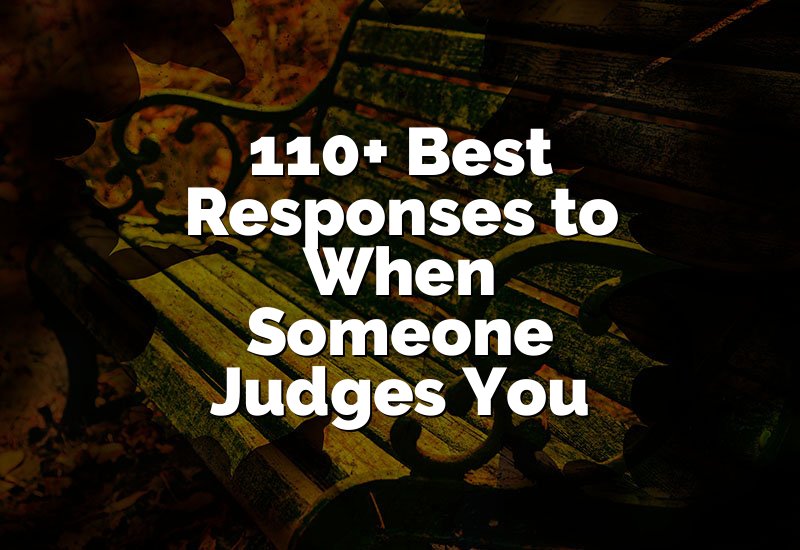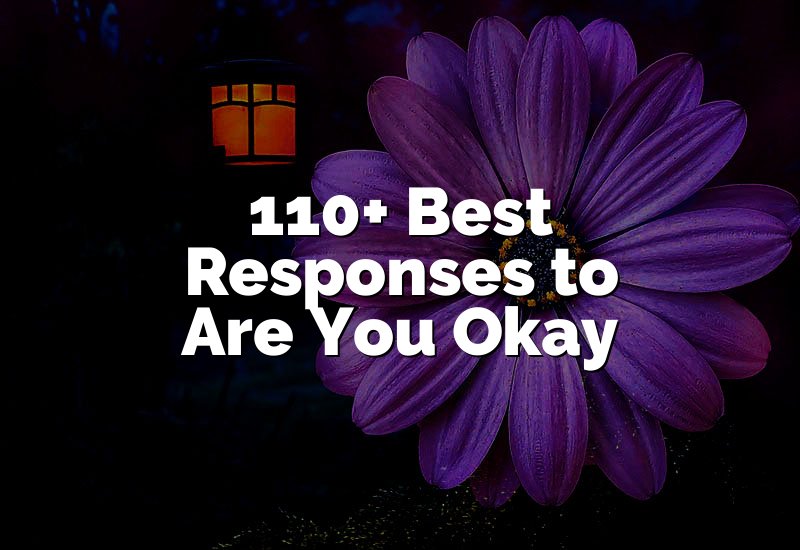Bullying can happen anywhere, at school, work, or even online. It can make you feel sad, angry, or scared. But there are ways to respond and protect yourself in a calm and safe way. In this article we will share tips and examples you can use, like standing up for yourself, getting help from friends, or talking to a teacher.
Stay Calm and Take a Deep Breath
When someone is bullying you, it is normal to feel upset. But reacting with anger can make things worse. The first thing you should do is stay calm. Take a deep breath and count to ten before responding. This helps you think clearly and not say something you might regret later. Staying calm also shows the bully that their words or actions are not affecting you. You can even practice deep breathing at home or school so it becomes natural when needed.
- Take a slow deep breath
- Count to ten in your head
- Think before you speak
- Stay quiet if needed
- Focus on something else for a moment
- Imagine a peaceful place
- Blink slowly and relax your face
- Sit or stand straight
- Keep your voice calm
- Smile to yourself inside
Use Confident Body Language
Your body can show confidence even if you feel scared inside. Stand tall, keep your shoulders back, and look the bully in the eye. Avoid crossing your arms or looking down because it may seem like you are afraid. Using confident body language can stop bullies from bothering you more. You do not need to be aggressive. Just showing that you are calm and in control can make a big difference.
- Stand straight
- Look in the eye
- Keep shoulders back
- Walk with purpose
- Shake hands firmly if needed
- Keep hands relaxed
- Avoid fidgeting
- Nod when talking
- Keep a calm face
- Take slow steps
Also Read: 20 Great Ways to Respond to “Como Te Llamas”
Use Clear Words and Speak Up
Sometimes, bullies continue because they know they can get a reaction from you. Using clear words can help. Speak up in a calm and polite way. Tell them you do not like what they are doing. You do not have to shout or be mean. Just saying no firmly and walking away can show that you will not accept bullying.
- Say I do not like that
- Please stop it
- That is not okay
- I want you to leave me alone
- I feel upset when you do that
- Stop bothering me
- I will tell someone if it continues
- I need space
- I do not want to talk right now
- Leave me alone
Walk Away When Needed
Walking away is not giving up. Sometimes, it is the safest option. If a bully is trying to start a fight, just leave the place. Go to a safe area like near a teacher, friend, or parent. Walking away shows that you are smart and not letting the bully control you. You can also think about what to do next while you are walking away.
- Turn and walk calmly
- Go to a safe place
- Find a teacher
- Go near friends
- Avoid dark areas
- Walk with purpose
- Keep your head up
- Take deep breaths
- Ignore their words
- Think about your next step
Get Help from Friends
Friends are very important when dealing with bullying. You can tell a friend what happened and ask for help. Friends can support you, stay near you, or even speak up with you. It is easier to feel safe when you are not alone. You do not have to fight or argue, just having someone with you can stop the bully.
- Tell a friend honestly
- Ask them to stay near you
- Share your feelings
- Plan together what to do
- Practice what to say
- Encourage each other
- Walk together at school
- Support each other online
- Take breaks together
- Remind each other of strengths
Tell a Trusted Adult
It is always good to tell an adult you trust. This can be a parent, teacher, coach, or counselor. Adults can stop the bullying and make sure you are safe. They can also give advice on what to do next. You should not feel ashamed for asking for help. Adults want to help you feel safe and happy.
- Talk to your mom or dad
- Speak to a teacher
- Tell a school counselor
- Ask a coach for advice
- Speak to a family member
- Call a trusted neighbor
- Write a note explaining what happened
- Show proof if needed
- Ask them to guide you
- Share how it makes you feel
Keep a Record of Bullying
Writing down what happens can help if you need to explain it later. Keep a notebook or phone record of the date, time, and what happened. This record can be shown to adults or authorities if needed. It also helps you remember details and not forget anything important. Keeping records is smart and helps you feel more in control.
- Write the date of each incident
- Note where it happened
- Write the bully’s words
- Write what you did
- Include names of witnesses
- Keep messages or screenshots
- Note your feelings
- Record the time of day
- Include how you reacted
- Keep it safe in a notebook
Use Humor to Defuse
Sometimes, humor can stop a bully without being mean. Making a joke or laughing at yourself lightly can confuse the bully and make them stop. You must not be mean to the bully, just keep it playful and safe. Humor can help you feel better too.
- Make a funny comment
- Laugh at a small mistake
- Use a silly voice
- Pretend it does not bother you
- Make a light joke
- Smile and say something playful
- Talk about something unrelated
- Keep it short
- Make it about yourself lightly
- Say something unexpected
Practice Self-Care
Bullying can make you feel tired or sad. Taking care of yourself is important. Eat well, sleep enough, play, and do things you enjoy. This helps you stay strong and confident. Self-care is not selfish, it is smart. When you feel good, you can handle bullying better and stay positive.
- Eat healthy food
- Drink water
- Sleep well
- Take breaks
- Exercise
- Do hobbies
- Talk about feelings
- Relax and breathe
- Spend time with friends
- Listen to music
Learn to Ignore and Move On
Some bullies want attention. Ignoring them can be powerful. Do not react, do not answer back, and do not think about them too much. Focus on your life and your happiness. Ignoring does not mean you are weak, it means you are choosing peace over anger.
- Do not reply to mean texts
- Ignore name-calling
- Keep walking
- Focus on homework
- Think about hobbies
- Talk to supportive people
- Avoid social media arguments
- Stay calm inside
- Think of positive things
- Remember your strengths
Table: Ways to Respond to Bullying
| Method | How to Do It | Example Sentence |
|---|---|---|
| Stay Calm | Take a deep breath, think before reacting | I will breathe and stay calm |
| Body Language | Stand tall, look confident | I am standing tall and strong |
| Speak Up | Use clear words | I do not like that, please stop |
| Walk Away | Go to a safe place | I am leaving now to stay safe |
| Friends | Ask for support | Can you stay with me for a while |
| Trusted Adult | Tell someone responsible | I need to talk to a teacher |
| Record | Write details | I am noting what happened today |
| Humor | Use a light joke | Haha, that is funny, I did not mind |
| Self-Care | Take care of yourself | I will relax and feel better |
| Ignore | Do not react to bullying | I am choosing to ignore them |
Frequently Asked Questions (FAQs)
Is it okay to ignore a bully
Yes, it is okay to ignore a bully. Ignoring does not mean you are weak. Many times, bullies want attention. If they do not get a reaction from you, they may stop. Ignoring helps you stay calm and safe. You can focus on things that make you happy and avoid unnecessary stress. It is important to combine ignoring with safe actions, like telling a friend or adult if it continues.
Can telling an adult help
Yes, telling an adult can help a lot. Adults can take action to stop bullying. They can guide you on what to do next and protect you from further harm. Teachers, parents, or counselors have experience dealing with bullies and can make the situation safer. You should never feel ashamed to ask for help. Adults want to support you.
Do I need to respond immediately
No, you do not need to respond immediately. Taking a moment to think can help you stay calm and choose the best action. You can breathe, walk away, or find a friend before responding. Reacting in anger can make things worse. Planning your response carefully keeps you safe and confident.
Is it safe to use humor
Yes, using humor can be safe if done lightly. It can confuse the bully and make them stop. Do not be mean or hurtful, just playful. Humor can help you feel better too. Practice with friends if you are unsure. It works best when combined with confident body language and staying calm.
Can friends really help
Yes, friends can help a lot. They can stay near you, support you emotionally, and even speak up with you. Friends make you feel safe and less alone. Sharing your feelings with friends can also reduce stress. Being with supportive friends shows the bully that they cannot control you.
Do I need to record everything
Yes, keeping a record is very helpful. Write down dates, times, and what happened. Include names of witnesses and messages if possible. Records can help adults understand the situation and take action. It also helps you remember details clearly. Keeping a record is a smart way to protect yourself.
Is self-care really important
Yes, self-care is very important. Bullying can affect your mood and energy. Eating well, sleeping enough, and doing things you enjoy helps you stay strong and happy. Self-care makes it easier to handle bullying and feel confident. Taking care of yourself is not selfish, it is necessary.
Can walking away stop bullying
Yes, walking away can stop bullying. Sometimes, leaving the situation is the safest choice. It shows that you are smart and not letting the bully control you. Walk to a safe place like near a teacher, parent, or friends. You can then think about the next steps calmly and safely.









